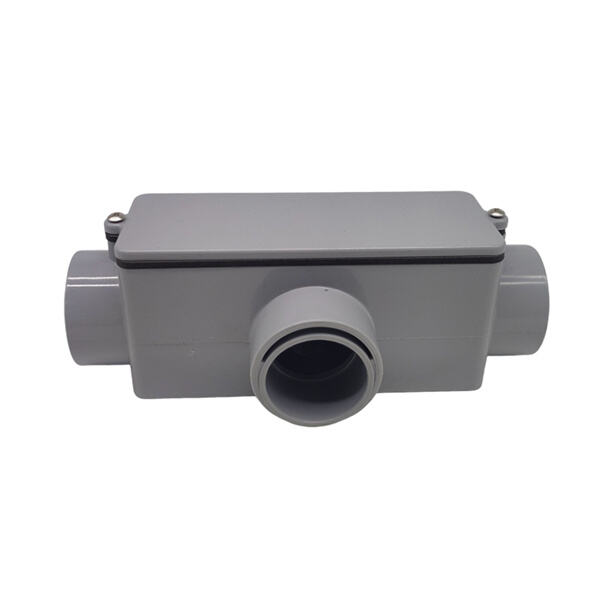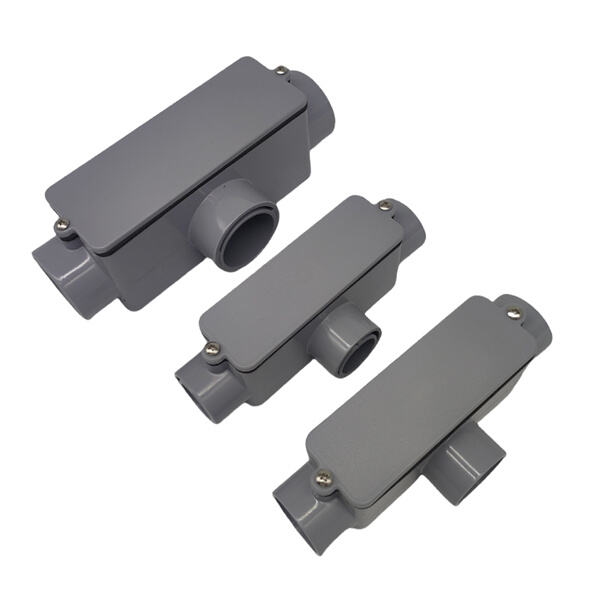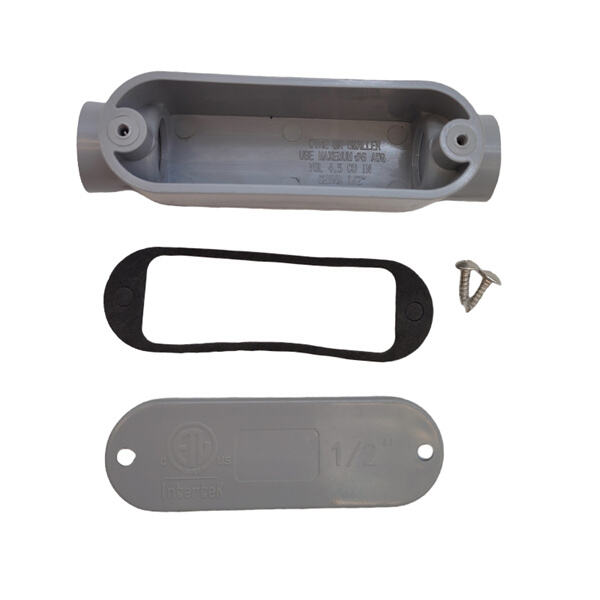These specialized parts are crucial when it comes to wiring systems to ensure that everything is kept tidy and safe. So, what exactly are electrical conduit tees-and why would we ever need to use them?
An Anita electrical conduit fittings is a product that gives you the ability to pull off your electric conduit in various directions. This thing is sort of shaped like the letter “T.” It’s called a tee because that makes the most sense. This component is constructed of hard-wearing materials such as metal or plastic to safeguard your wires and connections in places where they are immediately required.
There are many advantages to using electrical conduit tees in your wiring. It’s all about keeping your wires untangled. Electrical conduit tees also allow you to add new wires or modify your wiring without harming it. And they offer an extra layer of safety protection over your wires, protecting them from any potential danger.

You do not have to be a professional to install an electrical conduit elbow. You will need to measure and cut the conduit where the T needs to be placed. Next, slip the tee onto the cut end of the conduit and clamp it in place. Think that everything is linked correctly with no wires added. And there you go, you can begin running your wires through you tee and hooking them up to your system.

There are various types of Anita electrical conduit brackets that are available for use depending upon the requirement. For instance, there are straight tees, angle tees, and reducing tees. Straight tees are used if one is branching off in a straight direction, angle tees are used in other directions. You would use a reducing tee when it''s necessary to connect pipes of varying sizes. You want to select the appropriate kind of tee for your wiring set-up, so that everything is wired up properly.

Occasionally, you may encounter problems with Anita electrical conduit tees in a wiring arrangement. There are a couple of the teas that don't attach well to the conduit and tends to fall off. To correct this, take care to securely lock the tee every time. Another problem you might face is wires being caught or snagged in the tee. To avoid this, just be extra cautious when routing your wires through the tee and double-check they are located in the right position.